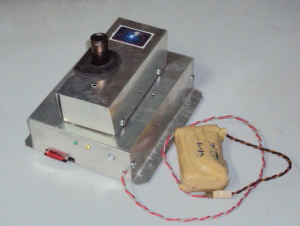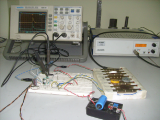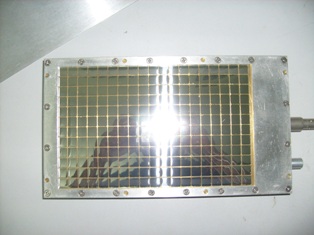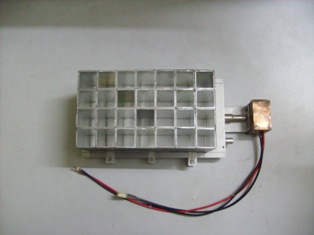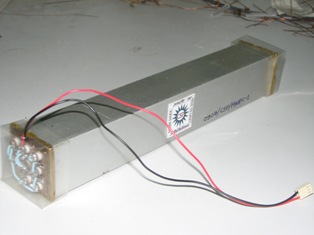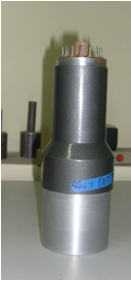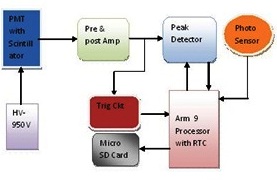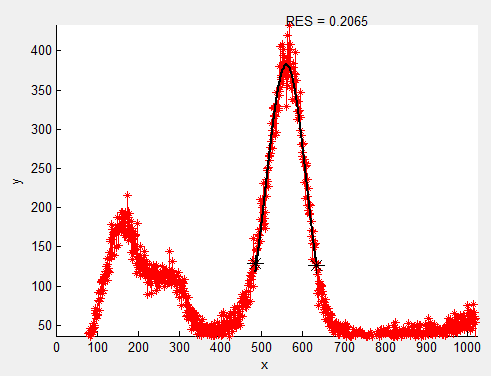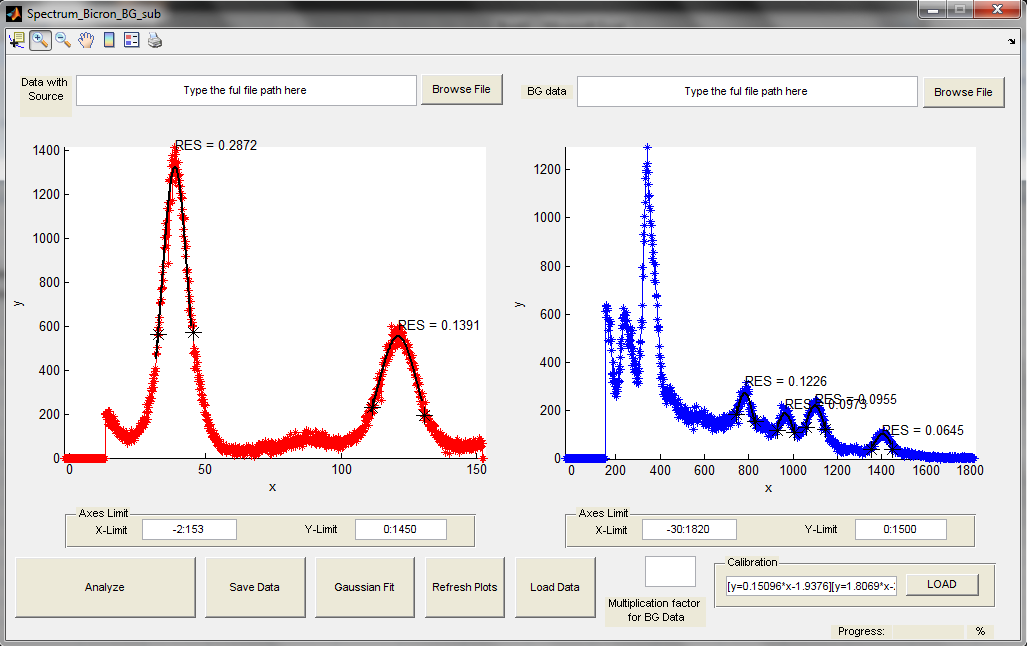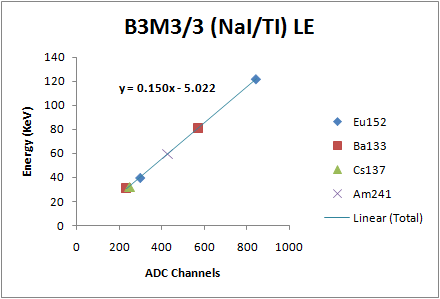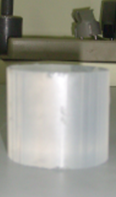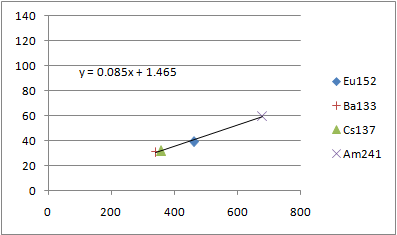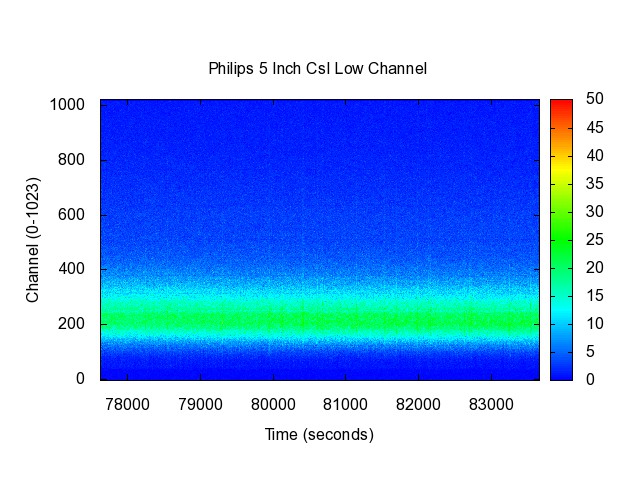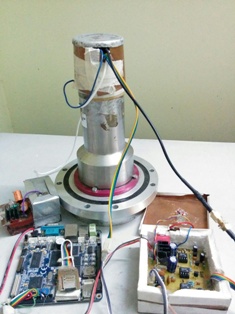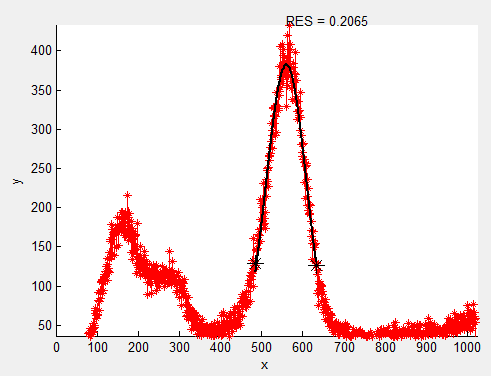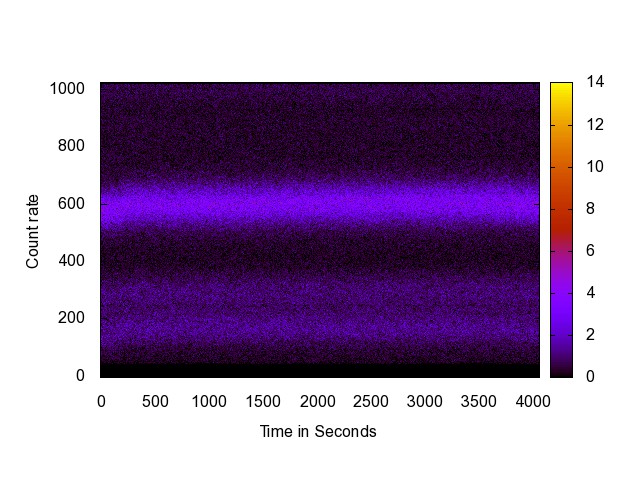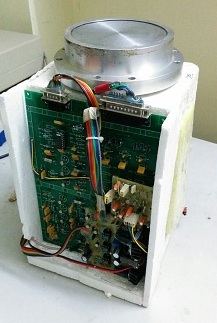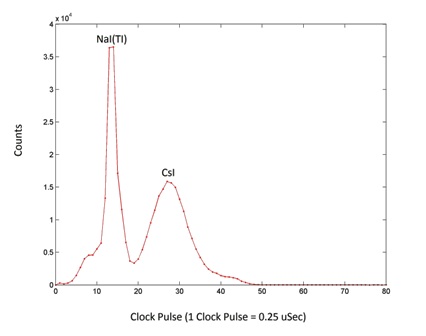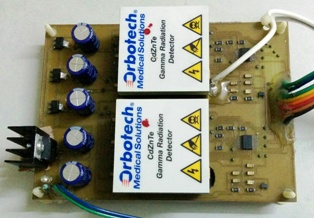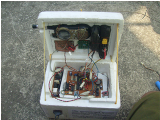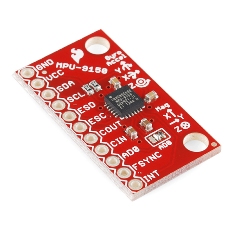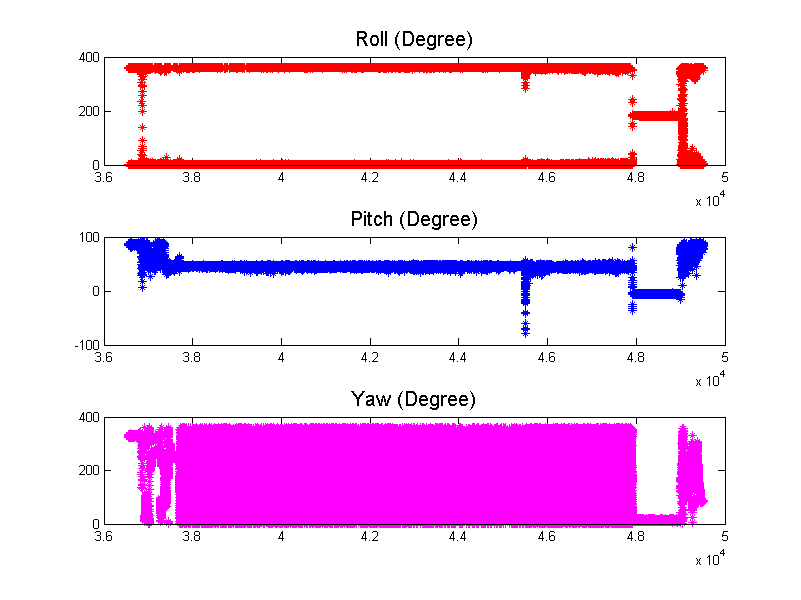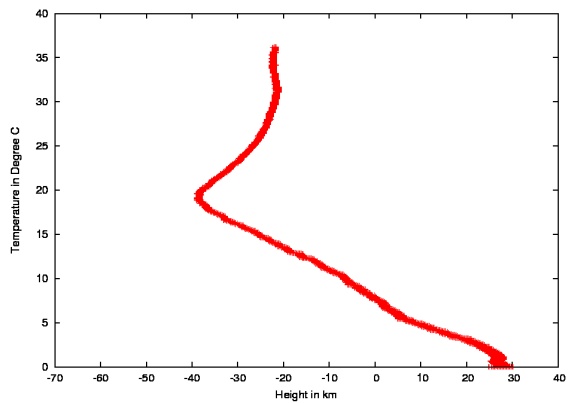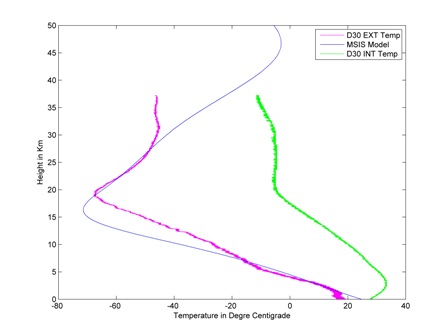CdTE X-Ray Detectors:
ICSP develops light
weight,
low
energy
Si-PIN
/
CdTe
based
X-ray
detector
(1
Cm
X 1 Cm) system and onboard Data Acquisition and Storage System for near space
exploration in Dignity missions. The entire electronics including the
charge sensitive pre amplifiers and post amplifiers are designed,
fabricated and tested in our laboratory.
The Geiger Muller Counter and Muon counter systems used to detect and record ionizing events, Muon particles etc. are designed, tested in our laboratory.
The associated electronics including signal conditioners, digital real time data acquisition system with onboard storage and the high voltage biasing for the GM counters
are designed, assembled to make a flight-ready model are done in our lab.
Proportional Counters:
We have successfully designed and interfaced our light weight, low cost system architecture with different Proportional Counters.
Our Scientists and Engineers have been developing and guiding project students to develop Proportional Counters for custom applications for years.
Scintillator Detectors:
Our Scientist and Engineers have mastered in the particular class of X-Ray detectors. A wide variety of scintillator detectors have been
sent by means of balloons. Several excellent results and quality papers have been published. We have three types of scintillator detectors
based on the type of crystals used as scintillators. We are observing energy range from 5 KeV to 2 MeV.
NaI /
TI Detectors:
We have various NaI/TI based X-Ray detectors. They are different in terms of the diameter/thickness of the NaI/TI crystals, PMTs, crystal height etc.
The total detector assembly comprising of the detector, amplifier stages, power supply, high voltage biasing, on-board computer for processing
and onboard data acquisition and storage in real time. The total system module is designed, interfacing with the X-Ray detectors, tested, calibrated in our own
laboratory. We have designed our own testing system to calibrate such modules.
CsI Detectors:
The CsI detectors we have is a PMT with five inch dia and a circular crystal having the same diameter with various thickness. The interfacing of the crystal over the
Photo Multiplier Tube (PMT) is done in our lab. The electronics architecture for detectors is developed here. The system has been successfully used over several missions
producing quality results.
Poswich Detectors:
We have Poswich detectors having five inch diameter.
The crystals contained inside are NaI/TI and CsI. The entire associated electronics part is so optimized to be suitable for a light-weight
balloon borne science project. The design includes economy in terms of power comsumption, volatge requirements (so is the no. of power cell) and weight.
The detoctor is calibrated in our own laboratory.
CZT Detectors:
A light weight, small area single board PCB has been designed, fabricated in our laboratory to house our CZT detectors. The ultimate moto is to
send quality devices with outstanding performance in a low weight, low cost budget. This project is presently under development.
Other Instrumentation:
Long Distance Telemetry:
Long Distance Telemetry is an essential requirement to transmit data/commands. The instantaneous location of the balloon-borne
payload is obtained at ground station. Some other useful health parameters of the payload and data are also transmitted
from the payload as per requirement. The obtained positional data helps in tracking and predicting possible landing site
beforehand enaling a smart rescue operation. Transmitting commands from ground station for different purpose e.g. ejection of the payload from
its carrier balloon.
Attitude Measurement:
Attitude measurement is necessary to determine which direction the detector was pointing at any particular
instant to identify the possible sources in the sky. Attitude measurement refers to measuring the three Euler's angles -Yaw, Pitch and roll.
A 9 degrees of freedom (9DOF) Inertial Measurement Unit (IMU) is employed. The IMU consists of a 3-axes Accelerometer, Magnetometer
and Gyroscope. An on-board computer stores the data acquired from the sensors and calculate the angles.
Temperature Measurement:
A number of temperature sensors are attached to the various portion of the payload to measure temperature of those places.
The temperature sensor outside the payload gives the atmospheric temperature. The one inside the payload provides the internal temperature.
Temperature sensor mounted on the detector provides the temperature of the detector.
Pressure Measurement:
Pressure sensor is another component used in our payload. The use of it is not only to measure the atmospheric pressure, the data is
useful to calibrate some devices which are pressure dependent.
Altitude Measurement:
Altitude measurement is done using GPS device. The altitude information is very essential for data analysis.
Wind Velocity Profile:
Wind velocity profile is a plot of velocity components of wind along X- Y- and Z direction. This information very useful for profiling wind nature
over the altitude that balloon reaches. Our balloon reaches about 40-41 Km in average flights. This wind velocity information is also
essential one in predicting weather.



